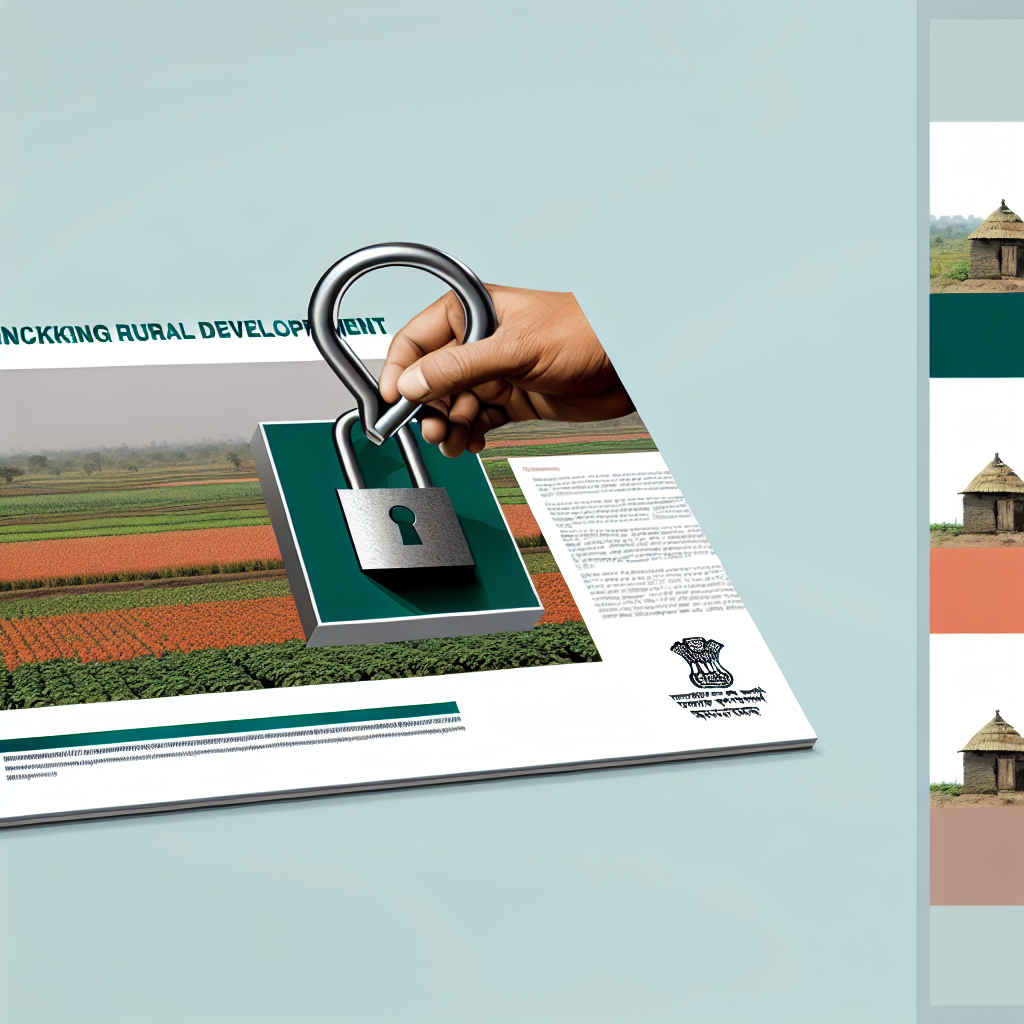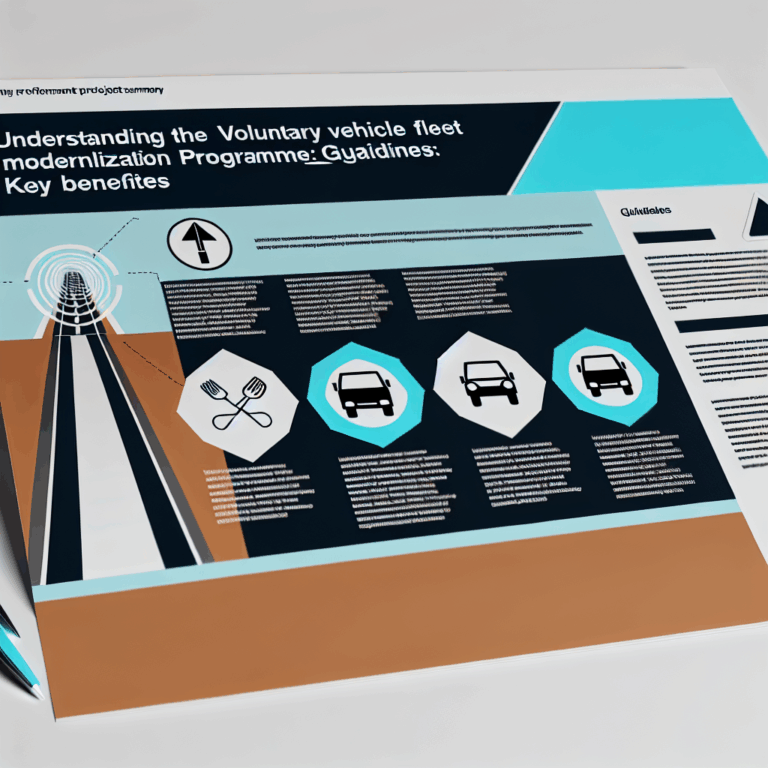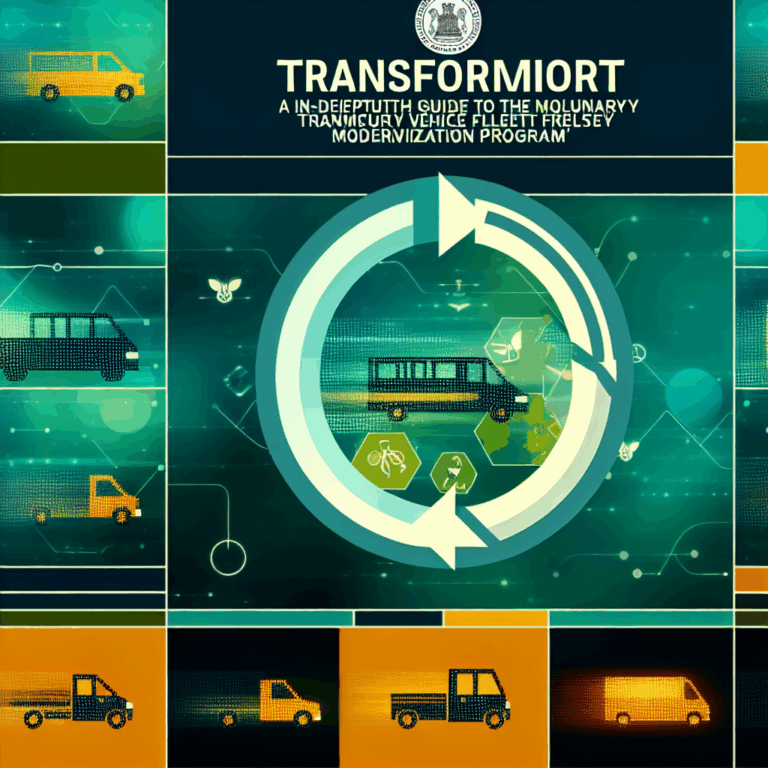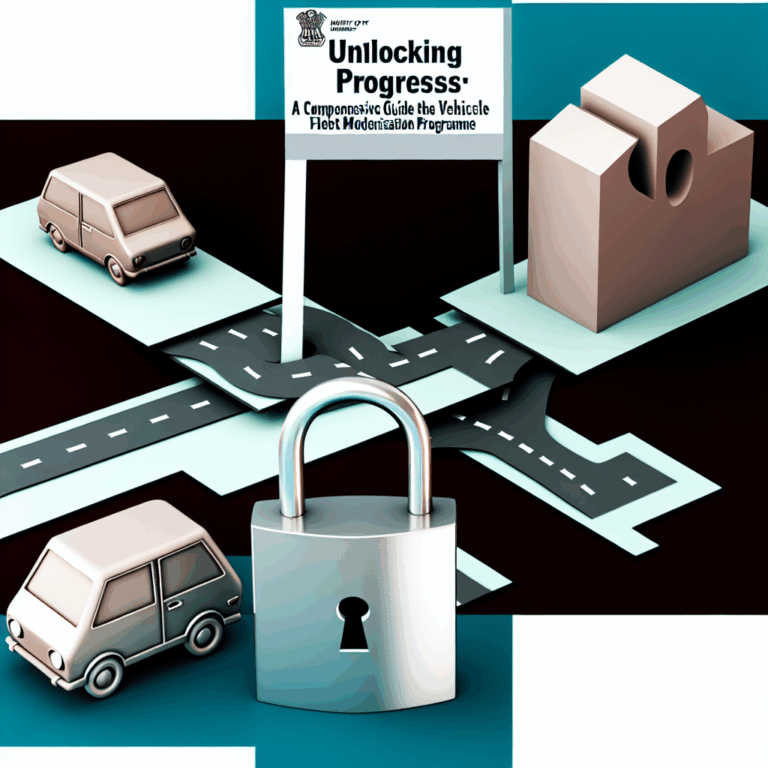Copyright @ 2023 www.digimitr.com. All rights reserved.

Unlocking Rural Development: A Comprehensive Overview of the Revamped Rashtriya Gram Swaraj Abhiyan (RGSA) by the Ministry of Panchayati Raj
Learn about the details of the government scheme titled “Unlocking Rural Development: A Comprehensive Overview of the Revamped Rashtriya Gram Swaraj Abhiyan (RGSA) by the Ministry of Panchayati Raj”. This scheme is managed by the relevant ministry and aims on providing benefits to eligible beneficiaries.
Here is a comprehensive overview:
Introduction
Rural development stands at the forefront of India’s socio-economic progress, and the government has consistently sought innovative strategies to empower rural communities. One such initiative is the revamped Rashtriya Gram Swaraj Abhiyan (RGSA), launched by the Ministry of Panchayati Raj. This program aims to rejuvenate rural governance, enhance the functional capacity of Panchayati Raj Institutions (PRIs), and optimize the development of rural areas. By leveraging local governance, the RGSA strives for a more inclusive and sustainable rural ecosystem, promoting vibrant villages that are self-reliant and economically viable.
Eligibility Criteria
The RGSA is geared towards strengthening PRIs, especially at various levels of governance. To be eligible for the benefits and participation in the program, the following criteria need to be met:
-
Geographic Focus: The program primarily targets rural areas across all Indian states and Union Territories.
-
Panchayati Raj Institutions: All three tiers of PRIs—Gram Panchayat, Panchayat Samiti, and Zila Parishad—are eligible to participate, with an emphasis on the Gram Panchayat level.
-
Capacity Building: Local governance bodies must demonstrate a commitment to capacity-building initiatives, which includes willingness to receive training and implement best practices in governance.
- Project Proposals: PRIs must submit project proposals that align with the program’s objectives, showcasing how they intend to utilize the resources effectively.
Key Features and Benefits
The RGSA comes packed with multiple features that make it a comprehensive framework for rural development.
-
Capacity Building: Transforming governance begins with empowering local leaders. The RGSA includes extensive training programs, workshops, and seminars aimed at building the skills of elected representatives and officials.
-
Digital Integration: The program promotes the use of digital tools for better governance, including record-keeping, e-governance applications, and real-time data analytics for informed decision-making.
-
Financial Support: The program encompasses financial assistance for key sectors like agriculture, health, education, and sanitation, ensuring grassroots-level needs are met.
-
Sustainable Development Goals (SDGs): The RGSA aligns its objectives with the UN’s Sustainable Development Goals, ensuring that rural development projects contribute to broader national and global targets.
- Community Participation: The program underscores the importance of community involvement, encouraging local populations to take part in decision-making processes, ensuring that development meets the actual needs of the residents.
Application Process
Applying for the RGSA is a systemic process that mandates the participation of local governance bodies. Here’s how it typically unfolds:
-
Project Identification: PRIs must first identify their local challenges and areas of improvement. This may involve community feedback and participatory assessments.
-
Proposal Preparation: After identifying key issues, PRIs need to prepare a detailed project proposal, which should outline objectives, methodologies, timelines, and budgeting.
-
Submission: The finalized proposal must be submitted to the relevant state government authority, which will then assess its alignment with RGSA guidelines.
-
Approval Process: Upon review, proposals may be approved based on set criteria. Successful applications will then receive communication regarding funding allocation and next steps.
- Implementation and Monitoring: Once funding is approved, projects can begin, with periodic evaluations and audits instituted to ensure that objectives are being met.
Funding and Budget
The RGSA comes with a robust funding mechanism designed to ensure sustainability and long-term impact. The financial allocation for the program is shared between the central and state governments.
-
Budget Allocation: A significant annual budget is allocated for RGSA, encompassing various areas of rural development, such as infrastructure, education, and healthcare.
-
Cost-Sharing Framework: The funding structure operates on a cost-sharing basis, with the central government typically covering a major portion of the project costs while state governments contribute a smaller share.
- Innovative Financing: The program also encourages local bodies to seek additional funding through public-private partnerships, grants, and donor contributions to expand project scope.
Achievements or Impact
Since its inception, the RGSA has produced notable achievements that reflect its positive impact on rural communities. Enhanced governance has led to improved service delivery in areas such as health, education, and sanitation. Many Gram Panchayats report increased transparency and accountability in administrative processes, directly influencing local trust in governance.
Furthermore, the focus on community participation has yielded several successful projects that align closely with local needs. Increased digital literacy among local leaders has also revolutionized the way services are delivered, leading to efficiency and quicker resolutions.
Challenges (if any)
Despite its achievements, RGSA has faced its fair share of challenges. Some local governance bodies struggle with bureaucratic red tape, which can impede project implementation. Additionally, there remains a gap in the digital divide; not all rural areas have adequate access to technology, limiting the full potential of e-governance initiatives.
Moreover, sustaining community interest and participation over time can be challenging, particularly if initial projects do not yield expected results. Continuous engagement and feedback loops are essential to keep communities involved.
Recent Updates
The RGSA continues to evolve to meet contemporary challenges. Recently, the Ministry of Panchayati Raj announced a revamped training module focusing on the potential of women in governance, thereby empowering more female leaders in rural areas. Additionally, the incorporation of green technologies and sustainable practices has become an increasing focus, aimed at addressing climate change impacts on rural livelihoods.
Furthermore, digital platforms are being enhanced to streamline project applications and monitoring processes, making it easier for PRIs to access resources and share best practices.
Conclusion
The revamped Rashtriya Gram Swaraj Abhiyan represents a pivotal initiative in advancing rural development in India. By fostering a culture of self-governance, capacity building, and participatory decision-making, the RGSA aims to transform villages into thriving communities. As challenges persist, the continued commitment from the central and state governments, coupled with active community participation, will be crucial for its sustained success. The future of rural development in India looks promising, with RGSA leading the charge towards empowered and resilient rural societies.
FAQ Section
What is the primary objective of the Rashtriya Gram Swaraj Abhiyan?
The primary objective of the Rashtriya Gram Swaraj Abhiyan is to enhance the functional capacity of Panchayati Raj Institutions by promoting decentralized governance, capacity-building initiatives, and sustainable rural development.
How can Panchayati Raj Institutions apply for funding under the RGSA?
Panchayati Raj Institutions can apply for funding by first identifying local challenges, preparing a detailed project proposal, and submitting it to the relevant state authority for approval.
What challenges does the RGSA face in implementing its initiatives?
The RGSA faces challenges such as bureaucratic hurdles, the digital divide in rural areas, and sustaining community engagement over time, which can impede project implementation and effectiveness.
For more information, check out official government site,
Official government website or relevant source not provided.
Stay updated on related schemes and initiatives using hashtags: #Unlocking #Rural #Development #Comprehensive #Overview #Revamped #Rashtriya #Gram #Swaraj #Abhiyan #RGSA #Ministry #Panchayati #Raj
Join the discussion about this scheme in the comments below!





